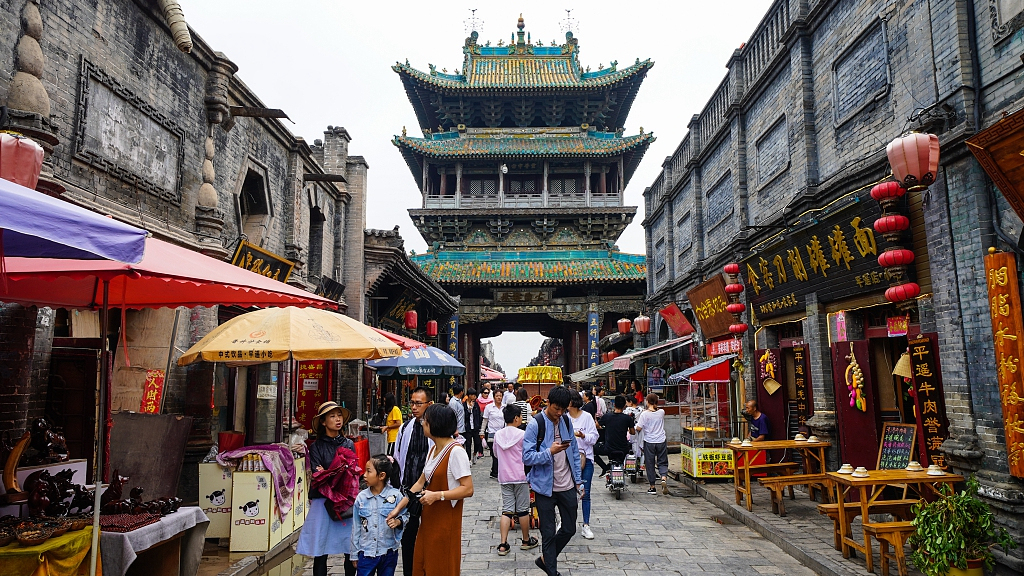
Established in the 14th century, Pingyao is a UNESCO World Heritage Site located in north China's Shanxi Province, and has long stood the test of time.
The ancient town of Pingyao, known as the home of Chinese banking, originally functioned as the financial hub of imperial China and had a huge impact on the 18th-century economic growth of Shanxi. Because of its influence, which is somewhat akin to what Wall Street is to the United States, it is known as the "old Wall Street of China."
Pingyao, which is entirely surrounded by walls, is home to buildings and houses from the Ming and Qing Dynasties (1368–1912). Its design represents the evolution of the Han cities' urban planning and architectural design over the course of more than five centuries.
The remnants of its illustrious past continue to exist and resist the lunacy of modernity, preserving the original splendor for both domestic and foreign tourists.
The Ancient City Wall, Shuanglin Temple, and Zhenguo Temple are the "three treasures" of Pingyao that tourists must see. The six-kilometer-long city wall is regarded as one of China's best-preserved city walls.
Buddhist temples Shuanglin Temple and Zhenguo Temple are home to several historic painted sculptures that showcase the fine craftsmanship of Chinese artisans.
Wheat-based meals like noodles and buns are typical of the native cuisine in Pingyao. One of the most well-liked regional traditional snacks is "Pingyao Wantuo," a kind of noodle developed during the Qing Dynasty. It has a supple and smooth flavor and is frequently served chilled and sauced.
Typically, tourists are lured to the old town's Mingqing Street to sample the local delicacy. Your appetite will be satisfied by the numerous culinary establishments lining the street.




















Comment